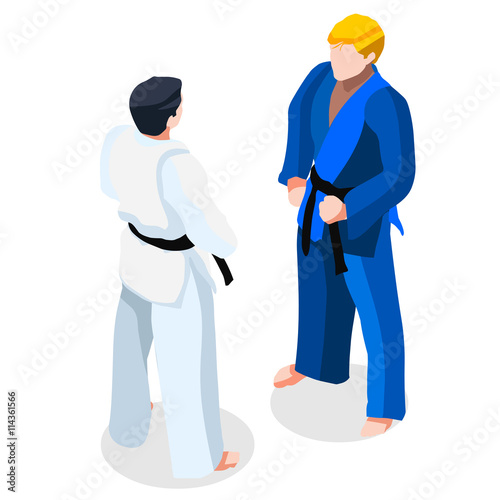Revealing The Selection Of Martial Arts Disciplines: An Overview From Karate To Taekwondo
Revealing The Selection Of Martial Arts Disciplines: An Overview From Karate To Taekwondo
Blog Article
Article Written By-Becker Pierce
Are you tired of feeling overwhelmed by the large world of martial arts? With many styles to choose from, it can be simple to obtain lost in a sea of punches, kicks, and mystical names. Yet please click the following article not!
This discussion will demystify the various fighting styles designs, taking you on a journey from the powerful strikes of Karate to the dynamic kicks of Taekwondo. Prepare to uncover the beginnings, techniques, and ideologies behind these ancient art types.
So, tighten your belt and prepare to embark on an informing expedition into the captivating globe of fighting styles.
Beginnings of Martial Arts Styles
The origins of fighting styles styles can be mapped back to old people and their demand for protection and combat techniques. Throughout background, various societies developed their own unique methods of battling, each with its own collection of methods and approaches.
In China, for instance, martial arts styles such as Martial art and Tai Chi were established as a means of self-defense and boosting physical and mental health.
In Japan, the samurai warriors produced styles like Martial arts and Judo, concentrating on self-control, accuracy, and proficiency of the body.
Similarly, in Korea, Taekwondo emerged as a martial art stressing high kicks, fast activities, and mental perseverance.
These very early worlds laid the structure for the varied selection of fighting styles styles that exist today, each with its very own rich history and social importance.
Strategies and Training Approaches
To grasp fighting styles designs, professionals should discover different methods and training techniques.
Techniques are the specific movements and actions used in combat, such as punches, kicks, throws, and blocks. Different martial arts designs have their very own distinct collection of techniques that specialists should grasp via strenuous training.
Training techniques differ depending on the design, but they typically involve a mix of physical conditioning, drills, sparring, and forms.
Physical conditioning is vital to build strength, flexibility, and endurance. Drills assist practitioners fine-tune their methods and improve their speed and precision.
https://self-defense-woman99998.blogvivi.com/33073937/building-durability-getting-ready-for-fighting-styles-method permits experts to exercise their methods in a controlled, sensible setting. Forms, likewise known as kata, are ironclad series of movements that aid experts develop muscular tissue memory and emphasis.
Approaches and Concepts
Checking out the approaches and principles of martial arts styles can offer you with a much deeper understanding of your chosen technique. Each fighting style has its very own one-of-a-kind ideology and collection of leading principles that shape the means it's practiced.
As an example, Karate highlights self-control, regard, and self-constraint. It instructs practitioners to focus their minds and bodies, allowing them to safeguard themselves while maintaining a feeling of inner peace.
On the other hand, Taekwondo places a strong emphasis on speed, agility, and flexibility. Its concepts are rooted in the tenets of courtesy, integrity, perseverance, self-discipline, and resolute spirit.
Conclusion
Since you've explored the beginnings, strategies, and ideologies of numerous fighting styles styles, you have a deeper understanding of these old techniques.
Envision a young karate student, practicing with undeviating resolution and emphasis, appearing boards with an effective punch.
Their trip showcases the dedication and strength needed to understand a martial art, advising us that with discipline and perseverance, anything is possible.
